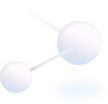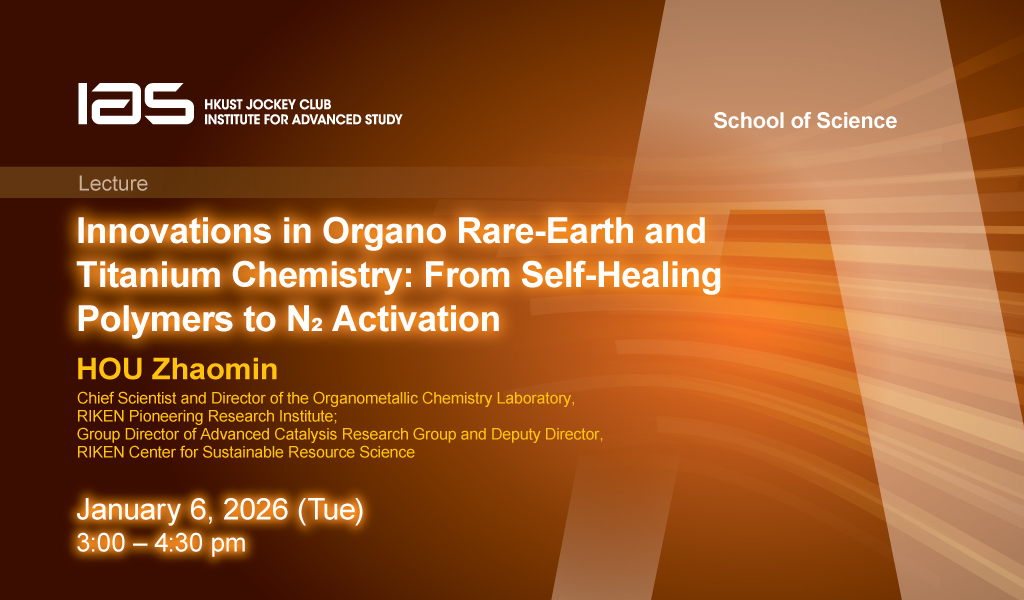更多科大概覽
Speaker: Professor Bolong HUANG
Institution: Hong Kong Polytechnic University
Hosted by: Professor Benzhong TANG
Abstract
The creations of photons in response to mechanical stimulus in a crystal that has noncentral symmetry are the great fundamental physics responsible for numbers of important technologies. The underlying mechanism and complete theory for a precise explanation of the mechanical-photonic energy conversion phenomena are vitally important. We take commercial piezoelectric LiNbO3 material as an example to interpret the detail mechanisms of energy conversions for the photon-generation through a native point defects study. It was found the Frenkel and Schottky type complex pairs as well as the antisite pair defects acting as energy harvesting and migration centers, which are very easy to form and active. It does to be the extra deep electron or hole traps levels near the valence or conduction band edge, respectively. That is the substantial energy reduction via a spontaneous equilibrium transformation from the complementarily charged individuals into agglomerated complexes. Such energy gain for both two processes turns to be independent of the variations of synthesis chemical potentials. In addition, the complex defects actually form independent of the variations of the chemical potentials. This leads to a coupling and exchange effect by them to continuously collect and transport host charges along the path via localized states to the deep recombination levels. The initiating energy barrier is small which ambient thermal stimulation or quantum tunneling can accomplish. The native sensitizers such as VNb2O5, VLiNbO3, NbLi are also the energy conversion centers to non-radiative resonant energy transfer onto the activator center at the Oi to transfer the energy into photon emissions. A generalized energy conversion mechanism has been unraveled in this work. This gives a solid theoretical reference for developing the mechanical-photonic energy conversion materials.
About the speaker
Dr. Bolong Huang graduated from Peking University in 2007 and received his PhD from the University of Cambridge in 2012. He is now an assistant professor at the Hong Kong Polytechnic University. His research focuses on the advanced theoretical calculations for electronic engineering of novel nanomaterials, energy materials, rare earth functional nanomaterials, and their multi-scale application studies. He has published over 100 SCI papers including Nature, Science, Energy Environment. Sci., Nat. Commun., Adv. Mater., Adv. Energy Mater., Angew. Chem. Int. Ed., Chem and Nano Energy, and reached over 1400 citations. His works have been selected as the Cover Paper in Angew. Chem. Int. Ed., Adv. Mater. and Adv. Energy Mater..
Institution: Hong Kong Polytechnic University
Hosted by: Professor Benzhong TANG
Abstract
The creations of photons in response to mechanical stimulus in a crystal that has noncentral symmetry are the great fundamental physics responsible for numbers of important technologies. The underlying mechanism and complete theory for a precise explanation of the mechanical-photonic energy conversion phenomena are vitally important. We take commercial piezoelectric LiNbO3 material as an example to interpret the detail mechanisms of energy conversions for the photon-generation through a native point defects study. It was found the Frenkel and Schottky type complex pairs as well as the antisite pair defects acting as energy harvesting and migration centers, which are very easy to form and active. It does to be the extra deep electron or hole traps levels near the valence or conduction band edge, respectively. That is the substantial energy reduction via a spontaneous equilibrium transformation from the complementarily charged individuals into agglomerated complexes. Such energy gain for both two processes turns to be independent of the variations of synthesis chemical potentials. In addition, the complex defects actually form independent of the variations of the chemical potentials. This leads to a coupling and exchange effect by them to continuously collect and transport host charges along the path via localized states to the deep recombination levels. The initiating energy barrier is small which ambient thermal stimulation or quantum tunneling can accomplish. The native sensitizers such as VNb2O5, VLiNbO3, NbLi are also the energy conversion centers to non-radiative resonant energy transfer onto the activator center at the Oi to transfer the energy into photon emissions. A generalized energy conversion mechanism has been unraveled in this work. This gives a solid theoretical reference for developing the mechanical-photonic energy conversion materials.
About the speaker
Dr. Bolong Huang graduated from Peking University in 2007 and received his PhD from the University of Cambridge in 2012. He is now an assistant professor at the Hong Kong Polytechnic University. His research focuses on the advanced theoretical calculations for electronic engineering of novel nanomaterials, energy materials, rare earth functional nanomaterials, and their multi-scale application studies. He has published over 100 SCI papers including Nature, Science, Energy Environment. Sci., Nat. Commun., Adv. Mater., Adv. Energy Mater., Angew. Chem. Int. Ed., Chem and Nano Energy, and reached over 1400 citations. His works have been selected as the Cover Paper in Angew. Chem. Int. Ed., Adv. Mater. and Adv. Energy Mater..
11月29日
10:30am - 12:00pm

地點
Room 2303, 2/F (Lifts 17/18), Academic Building, HKUST
講者/表演者
主辦單位
Department of Chemistry
聯絡方法
chivy@ust.hk
付款詳情
對象
PG Students, Faculty and Staff
語言
英語
其他活動

1月6日
研討會, 演講, 講座
IAS / School of Science Joint Lecture - Innovations in Organo Rare-Earth and Titanium Chemistry: From Self-Healing Polymers to N2 Activation
Abstract
In this lecture, the speaker will introduce their recent studies on the development of innovative organometallic complexes and catalysts aimed at realizing unprecedented chemical trans...

12月5日
研討會, 演講, 講座
IAS / School of Science Joint Lecture - Human B Cell Receptor-Epitope Selection for Pan-Sarbecovirus Neutralization
Abstract
The induction of broadly neutralizing antibodies (bnAbs) against viruses requires the specific activation of human B cell receptors (BCRs) by viral epitopes. Following BCR activation, ...
